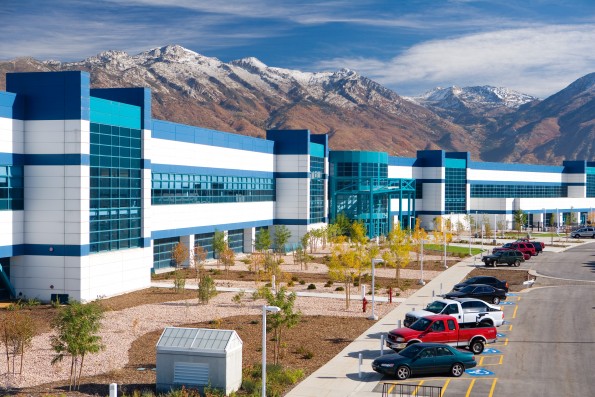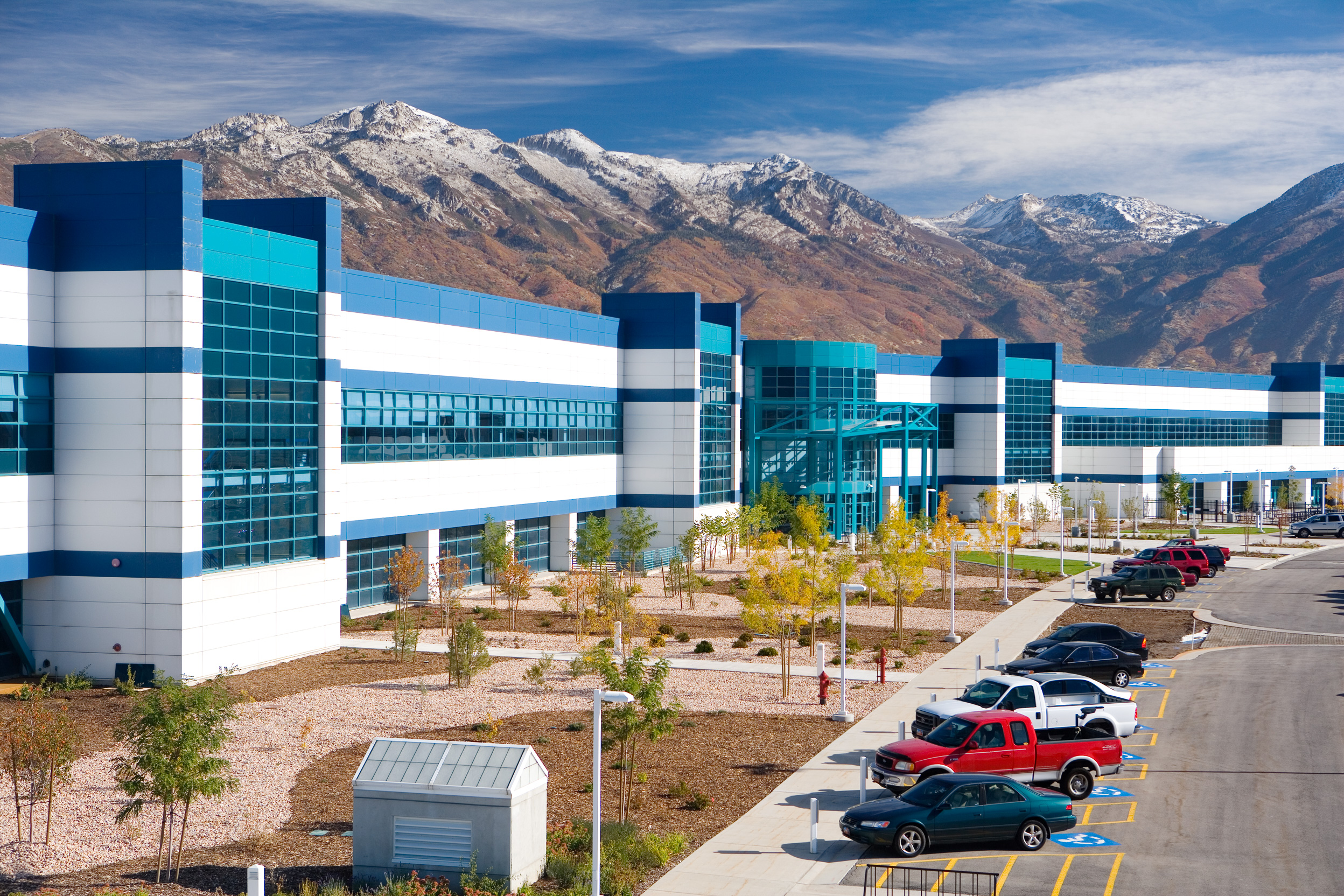
Whatever happened to Utah’s tech pioneer companies? Remember WordPerfect? For years, it dominated the word processing software market. Does Novel ring a bell? They were the top networking software company. Evans and Sutherland was tops in 3D virtual computing along with Viewpoint Datalabs which crafted the very best 3D models. Iomega was tops in storage devices with their 100 megabit zip drive. All companies, except Evans and Sutherland, are now out of business.
The tech arena is fiercely competitive, rapidly changing, and the only certainty in the tech landscape is constant change. Disruptive technologies kill off giants, which then become giants only later to be killed. The skills required of the top engineers, designers and managers are in constant flux.
I was a graphic designer/animator who became a programmer. I was a code monkey. It was an unlikely transition, but after the dot com bust, I decided to go where the money was more certain and learn the latest skills in building web applications. Before the days of smartphones or apps I learned Actionscript and XML, and how to make these languages communicate with databases working on PHP and SQL servers. This was just as AJAX was becoming popular and CSS was going mainstream along with Joomla, Drupal and Ruby on Rails. These were exciting times! (that’s it for my geek-speak).
Eight years later most of my former knowledge is completely outdated. None of the programs I built are still operational. Everything has been recoded into new languages. Coders keep very busy and are in very high demand because, unlike physical infrastructure such as buildings—which also require architects, engineers and designers— software platforms never hold still. They constantly demand to be built to new platforms or standards requiring new code. Keeping up with technology is like trying to lay bricks for a building while the scaffolding and foundation are constantly moving.
In such a rapidly changing field one might assume that professors would be breathing down the necks of the HR managers attempting to get a pulse of what languages, APIs, coding paradigms and skills top engineers should be learning. But this isn’t the case.
Businesses in great need of engineers are not in close contact with the schools hoping to produce top engineers. As a result, many foreign students from Asia and India are getting the top spots rather than Americans. There are calls to increase the guest-worker permits so more STEM-educated foreigners can staff the high-tech available positions.
According to a report produced by Utah’s Department of Workforce Solutions, our jobs picture is “Shifting from ‘Who you know/Where did you go to school?’ to ‘What you know/What skills can you articulate for a job?’” And this is the next big “paradigm shift needed for a vibrant U.S. economy. This does not displace the higher education institution, but does require a shift in the way higher education provides courses and credentials.”
IM Flash in Lehi, Utah
One of the largest high tech companies in Utah, IM Flash in Lehi, is now one of the top three manufacturers of flash memory in the world, and they are competing against Asian companies in this arena and winning. This facility is a joint effort between Micron and Intel, and they build some sweet flash memory.
SSD (solid state) flash memory has replaced HDD (hard drives) in nearly all new laptops. Flash memory has no moving parts, and drives can retrieve data over 1,000 times faster than hard drives and occupy a much smaller area. Smart phones, laptops, tablets all use flash memory and IM Flash is trying to keep up with demand, and currently has at least 24 different job openings at their Lehi facility.
Bret Brady, Quality Engineer at IM Flash, says the work/play culture is incredible at IM Flash. Many of their employees are learning how to rock climb and find balance through participating in outdoor sports. Goal Zero.a company that makes portable solar power products, has climbing walls in their lobby and slippery slides in their front offices. One worker at IM Flash entered a 100-mile bike race with the Tour of Utah and IM Flash paid his entry fee.
A recruiting video on IM Flash’s website interviews Brady in which he says that after he graduated in engineering, he had “no idea how a semiconductor device was manufactured or how much complexity was in the processes they used.” But he has learned a tremendous amount on the job, and IM Flash is paying for his master’s degree.
Bret says “The first time I walked in I felt like I was in a sci-fi movie. There were robots flying around. Everybody was in white suits. It was like I was on a different planet.”
At IM Flash the robots on ceiling tracks move components around the facility. The robots do the grunt work of building the devices, but the scientists, engineers and “owners” maintain the systems and find ways of making them more efficient. This is certainly the factory of the future. The question remains, are we prepared for this future?
Utah Tech Jobs
According to the Utah STEM Impact Center and the Utah Department of Workforce Solutions report, out of 4,326 jobs posted in the Provo-Orem area, 71 percent, or 3,036 postings were high tech jobs. According to the same report, there is a consistent “talent shortage” in Utah’s high tech companies. The report’s recommendation: “Utah should link education and training with demand-driven and market relevant skills.”
Training academies, such as CodeAcademy and Coursera, are addressing this absence of skills training by offering intensive programs in coding in the languages most in demand. President Obama has also started a $100 million grant competition to get more coders trained for our changing economy. Obama said in his speech launching this program, “It turns out it doesn’t matter where you learned to code. It just matters how good you are at writing code.”
A group called #yeswecode is awarding scholarships to women and minorities who want to learn how to code. So it appears that the problem of the shortage of STEM workers is being addressed.
Now, if they can address the problem of the soul-sucking feeling so many get from sitting in front of a computer all day, our tech future looks brighter than ever, because the fact is, most STEM graduates don’t stay in STEM. Just one in four STEM graduates end up working in STEM.






